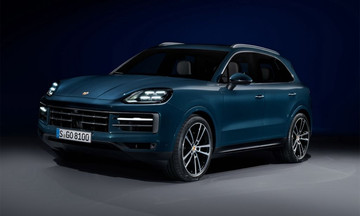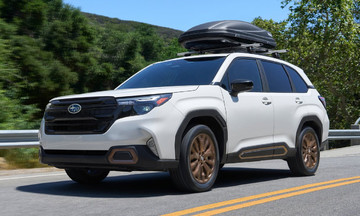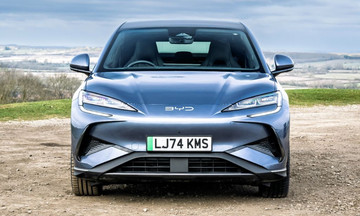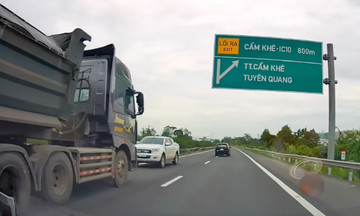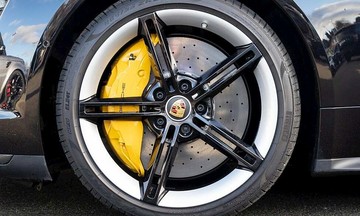The current trend of phasing out highly polluting internal combustion engine vehicles is entirely appropriate. It's a crucial step towards improving air quality, alongside other actions addressing emission sources.
However, for Vietnamese people with modest incomes, motorcycles are the primary mode of transportation, often essential for their livelihood. While banning them outright is possible, a better approach is to make people *want* to transition to other options. This would ensure smoother policy implementation, greater public acceptance, and less hardship.
Achieving this requires comprehensive solutions encompassing alternative vehicles, traffic management, and financial support.
Public transportation is key.
Public transport, not personal electric vehicles, is the solution for the majority. In Vietnam's hot and humid climate, riding a comfortable, air-conditioned bus or train is preferable to braving the elements on a motorcycle.
Currently, there are only a few train lines, mainly serving central administrative and social areas, rather than the places people frequent for dining and entertainment. Buses are often overcrowded, with long wait times and security concerns.
A simple solution is to upgrade the bus fleet. Smaller buses could be used on narrower streets, replacing the current large, space-consuming vehicles. This new fleet should be electric. For longer distances and travel across city rings, electric trains or bus rapid transit systems are necessary.
Developing infrastructure for cyclists and pedestrians
Cycling and walking will be difficult to popularize in Vietnam due to the harsh weather, traffic conditions, and a built environment prioritizing motor vehicles. However, difficulty doesn't equate to impossibility. In areas where gasoline motorcycles are banned, pedestrian infrastructure should be developed concurrently. Given Hanoi's heat, shaded pathways for cyclists and pedestrians are essential, either from trees or permanent structures.
Electric vehicles must be a bargain
Electric vehicles shouldn't be a mandatory replacement, but a highly attractive alternative to ensure public satisfaction. This requires lower purchase prices, achieved through manufacturer pricing or government subsidies. A widespread network of well-maintained charging stations is also crucial for reliable and safe operation.
For apartment dwellers lacking charging facilities, battery-swapping kiosks, similar to those in China and Taiwan, could be a solution. A quick 1-2 minute swap, payment, and they're on their way – eliminating charging station anxieties.
Furthermore, incentives like designated parking spots, reduced parking fees, and priority at intersections could demonstrate the numerous advantages of electric vehicles over gasoline-powered ones.
User concerns about safety and fire hazards must be addressed by manufacturers and regulatory bodies. Stricter management of battery modification shops, ensuring qualified personnel and appropriate fire-fighting equipment for lithium-ion batteries, are essential.
Finally, the issue of end-of-life battery disposal, though not directly affecting users, can build trust in electric vehicles. Publicly disclosed, environmentally friendly disposal methods, perhaps repurposing partially depleted batteries for power storage in areas with frequent outages, would be ideal.
These are just a few perspectives. Only when alternatives offer significant advantages will people willingly abandon gasoline and diesel vehicles without facing disruptions to their lives. Hopefully, Hanoi, and eventually the entire country, will implement effective measures to ensure a cleaner, healthier, and safer environment for all.
Nguyen Cuong



